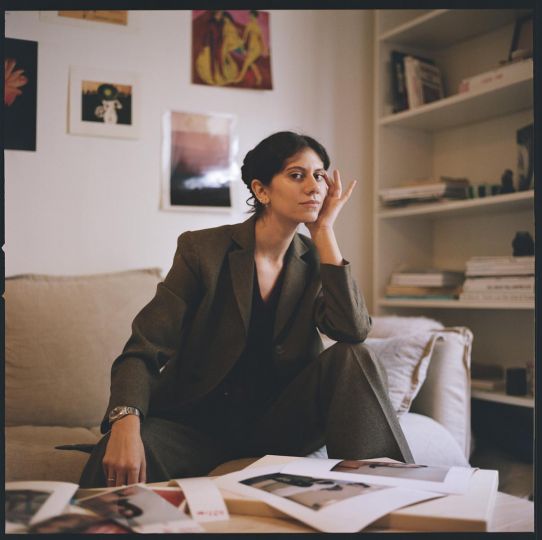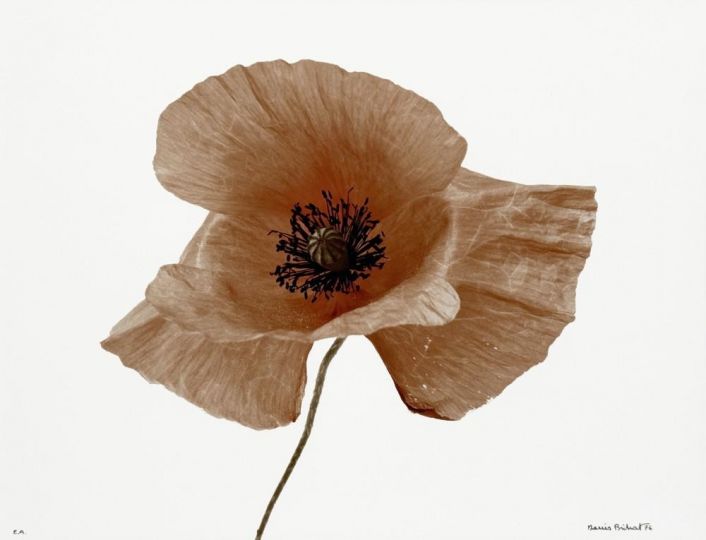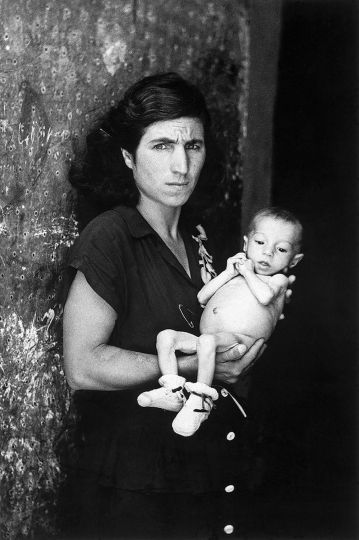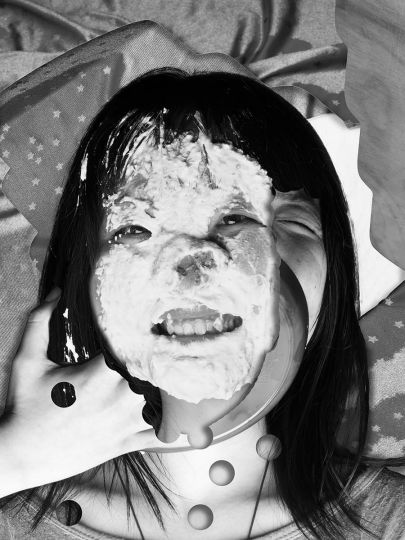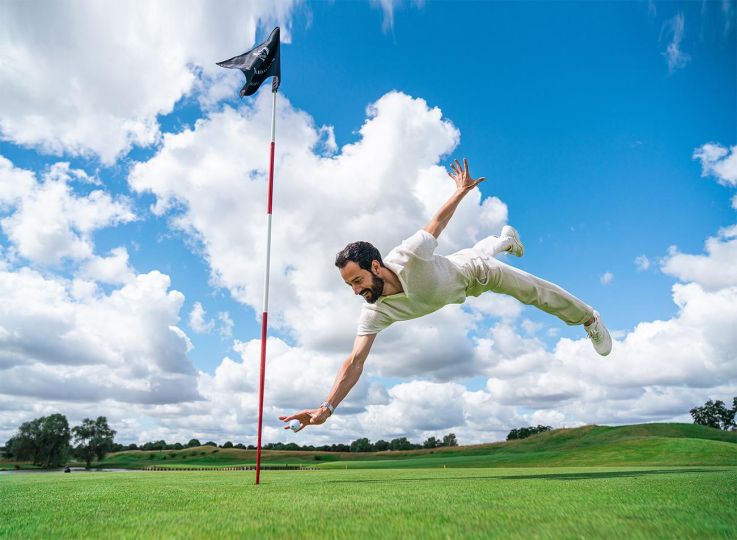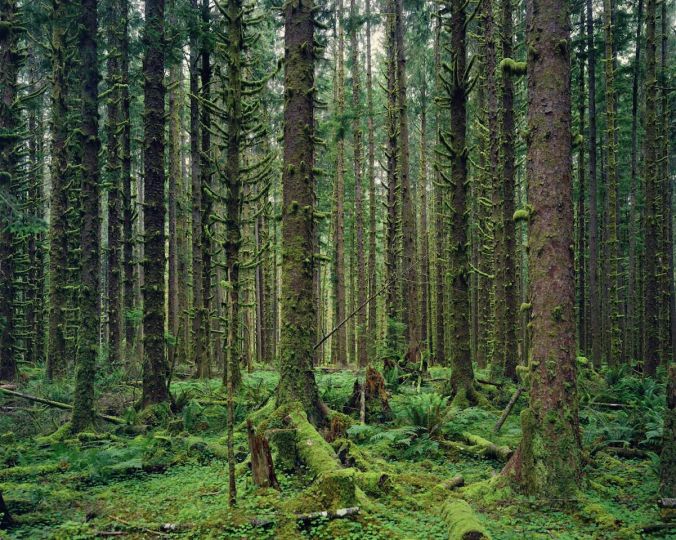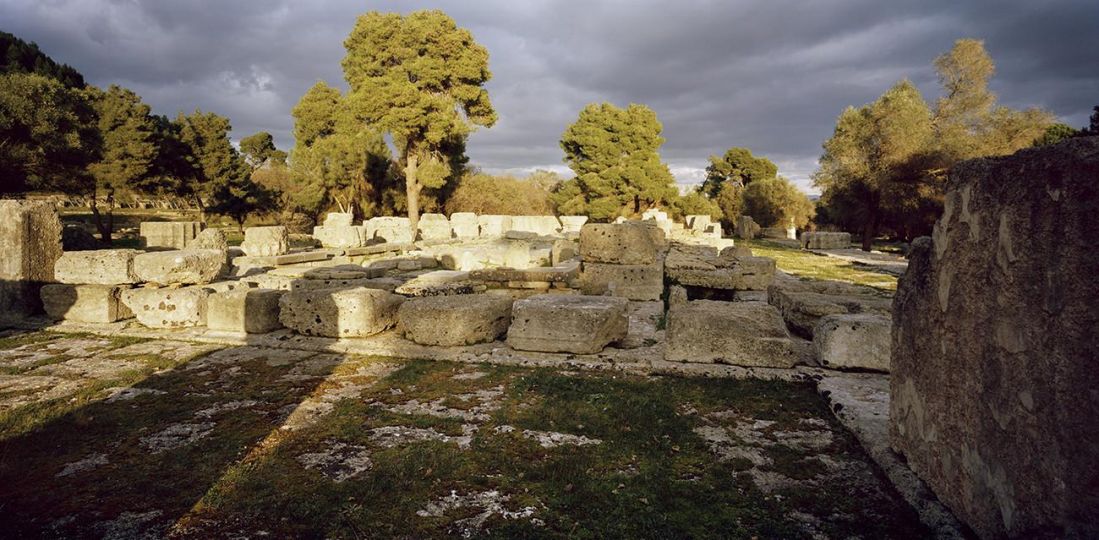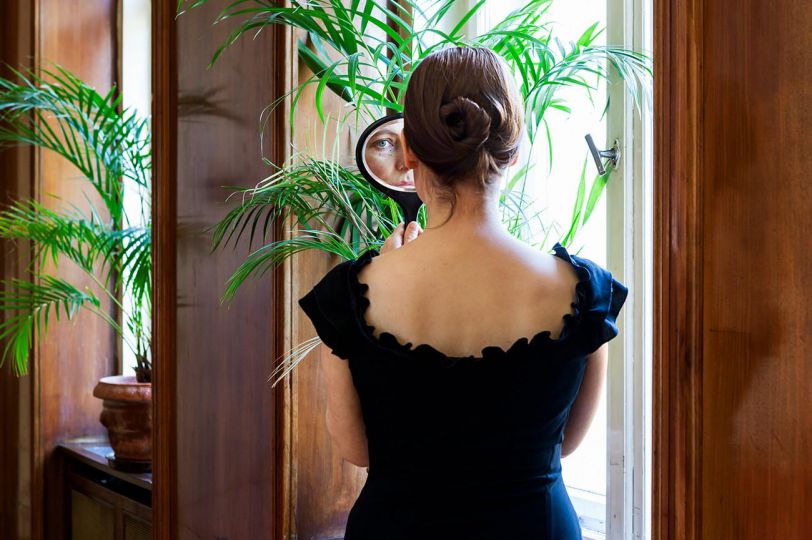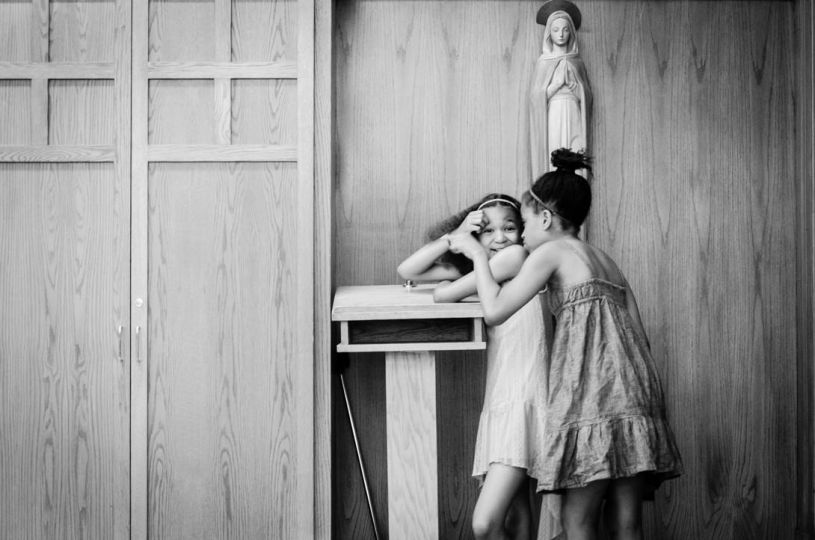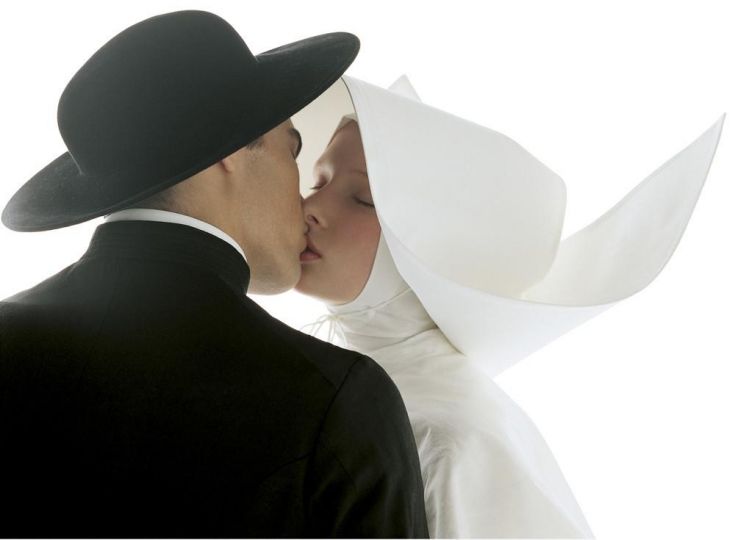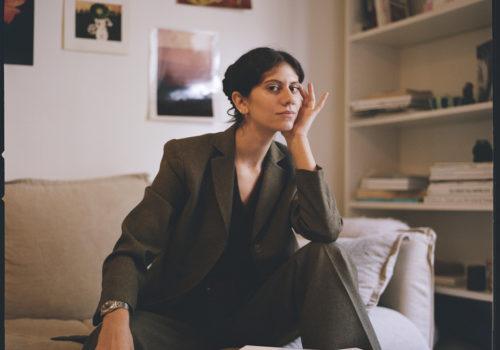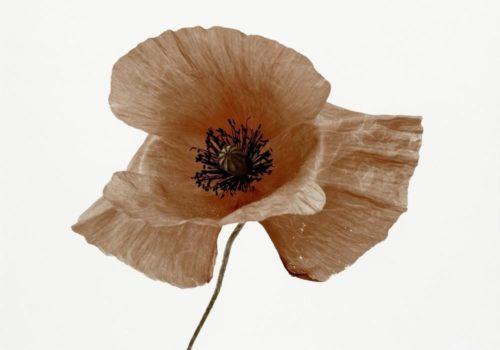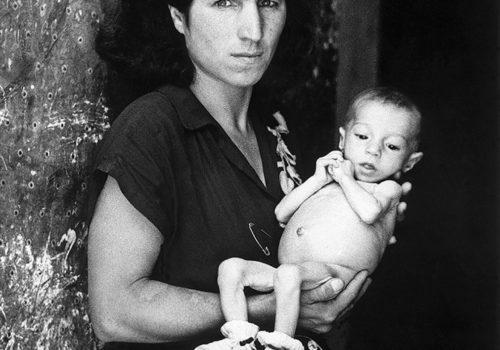Kathleen Alisch: The echo of emptiness
Kathleen Alisch is a photographer and visual artist whose universe navigates the boundaries of perceived reality, consciousness, and the subtle connections between nature and humanity. With a deeply introspective approach, she delves into the beauty of imperfection and explores the invisible and elusive dimensions of existence.
Inspired by influential figures such as Jacques Schumacher, Alisch combines intuition, conceptual precision, and emotional resonance in an artistic practice that transcends the visible. Her projects, steeped in philosophical reflections and scientific inquiries, examine emptiness, temporality, and cosmic phenomena such as the enigmatic white holes. Her practice alternates between the timeless elegance of the Linhof Technika and the modern precision of the Sony A7R, embodying her relentless pursuit of depth and authenticity.
Deeply influenced by Japan, from which she draws spiritual and aesthetic essence, Alisch weaves “emotional maps” where inner landscapes and natural forms converge. Loyal to a poetic simplicity, she favors the richness of black and white and distances herself from social media to focus on timelessness.
At ART CITY Bologna 2025, Kathleen Alisch will unveil Atlas of Voids at L’Artiere Bookshop, an artwork imbued with mystery and contemplation. This project, a true exploration of the edges of perception, invites viewers to enter a space where the visible converses with the ineffable.
Website: www.kathleenalisch.de
Instagram: @kathleenalisch
News: ART CITY Bologna 2025, February 6–16, at L’Artiere Bookshop, Via Petroni 22A, 40126 Bologna (www.culturabologna.it)
Your first photographic trigger ?
Kathleen Alisch : The first time I touched a camera with the intention of creating was after I had abandoned my medical studies to apply to an art university.
The male or female image that inspired you?
K.A. : The photographer Jacques Schumacher, the most open minded and playful creative human being I know, became my mentor and opened up my world to me.
The image you would have liked to have taken?
K.A. : The simplest and deepest image of the passing of time and the sum of all pictures. Perhaps I will be ready for this one day.
The one that moved you the most?
K.A. : Chizu/ The Map of Kikuji Kawada, seen in Kyoto.
And the one that made you the most angry?
K.A. : It is not a photo that makes me angry.
Which photo changed the world for you?
K.A. : It was not a photo but film. ‚Orlando‘ by Sally Potter, Wong Kar-Wai & Andrei Tarkovsky also had a great impact on me.
And which photo changed your world?
K.A. : None.
What interests you most about an image?
K.A. : When it gets you to the essence of things.
What is the last photo you created/shot ?
K.A. : A dug up field of black soil shrouded in heavy fog. I always feel drawn to walk through the fog as it reveals the space we normally don’t see.
A key image in your personal pantheon?
K.A. : A beauty of imperfection.
A photographic memory from your childhood?
K.A. : Family albums filled with loved ones which became ghosts inside of us.
According to you, what are the necessary qualities to be a good photographer?
K.A. : Obsession. Like for all arts.
What makes a good photo?
K.A. : For me, simplicity and multiple layers of possibilities.
The person you would like to photograph?
K.A. : I am more curious about inner landscapes.
An indispensable photo book?
K.A. : Ravens‘ by Masahisa Fukase. And Susan Sontag ‚On photography‘.
The camera from your childhood?
K.A. : I didn ́t had one.
The one you use today?
K.A. : Linhof Technika and Sony a 7R on the walk.
How do you choose your projects ?
K.A. : I often find myself trying to photograph invisible issues, which are repeatedly linked to questions about the perception of reality and its mental aspects. Working on concepts of self-recognition, consciousness, new astronomical findings, basically, all sorts of things, makes me circle around an elusive topic. I can say that I have studied emptiness for many years now, and I am still deeply interested in the invisible, hidden parts of our lives.
How would you describe your creative process?
K.A. : It begins with a fragment. I hold on to one piece I love, which then attracts others to join. My long-term projects are also rooted in extensive research, and even though it’s not always visible in the final presentation, it holds great significance. While this process unfolds on many levels simultaneously, I use photography to create an emotional map of my reflections on the universe.
An upcoming project that’s close to your heart?
K.A. : I always work on many things simultaneously—not in a logical or chronological order. At the moment, I’m editing a second chapter inspired by the concept of white holes, theoretical counterparts to black holes, in which matter and energy are ejected from the universe rather than drawn into it, in preparation for my next book. I’m also currently printing new photogravures that recreate the impression of a deep forest.”
Your favorite drug?
K.A. : Salty Liquorice.
The best way to disconnect for you?
K.A. : Reading a book. I’ve been obsessed with books my entire life. I am hungry for getting into the library in every city I visit, also spending hours in book shops and flea markets.
What is your relationship to the image ?
K.A. : Very ambivalent.
Who would you like to be photographed by ?
K.A. : I don’t like to be photographed.
Your latest folly?
K.A. : The attempt to train a crow for a picture.
An image to illustrate a new banknote ?
K.A. : Something which doesn’t exist.
If you would not have been a photographer you would have been a… ?
K.A. : There are so many possibilities, I could be a brain surgeon or an architect who changes entire cities, shapes them … or trader of vintage furniture.
The job you would not have liked to do ?
K.A. : An employee on the complaints hotline.
Your greatest professional extravagance?
K.A. : No extravangance. Only what the mind needs.
What question gets you off track?
K.A. : Where is …?
What was the last thing you did for the first time?
K.A. : A very interesting question. Last year, I immersed myself in the world of flower artists in Japan for several weeks, and through this experience, I discovered new ways of creating and expressing emotions through nature—an experience so profound that its lessons are still unfolding within me.
The city, the country or the culture you dream of discovering?
K.A. : I am so curious to see more of our world, I cannot name one.
The place you never get tired of ?
K.A. : Japan.
Your biggest regret ?
K.A. : Not having used the money from an award to go to work in New York.
In terms of social networks, are you more into
Instagram, Facebook, Tik Tok or Snapchat and why?
K.A. : I never engaged in social media very much. The more and more machine based content makes me wanna use it even less.
Color or B&W?
K.A. : Both, but I actually prefer B&W.
Daylight or artificial light?
K.A. : Daylight and moonlight.
Which city do you think is the most photogenic?
K.A. : Paris, Tokyo.
If God existed would you ask him to pose for you, or would you opt for a selfie with him?
K.A. : Neither one. As my japanese friend says: every tree is a God.
If I could organize your ideal dinner party, who would be at the table?
K.A. : First I would organize a great chef, but to have Francis Bacon, Truman Capote, Stephen Hawking and Georgia O’keeffe and Louise Bourgeois at the table would be a joy.
The image that represents for you the current state of the world?
K.A. : The NASA picture of the black hole.
According to you, what is missing in today’s world?
K.A. : A focus on thinking that serves humanity as a whole, not just the individual. We are very physical beings who need to reconnect with nature to find meaning in our existence.
If you had to start all over again?
K.A. : It is what is now. That is one of my hardest challenges to accept.
What do you like people to say about you?
K.A. : I wish I wouldn’t care about it at all.
The one thing we absolutely must know about you?
K.A. : This has to be answered by somebody else.
A last word
K.A. : Silence.


